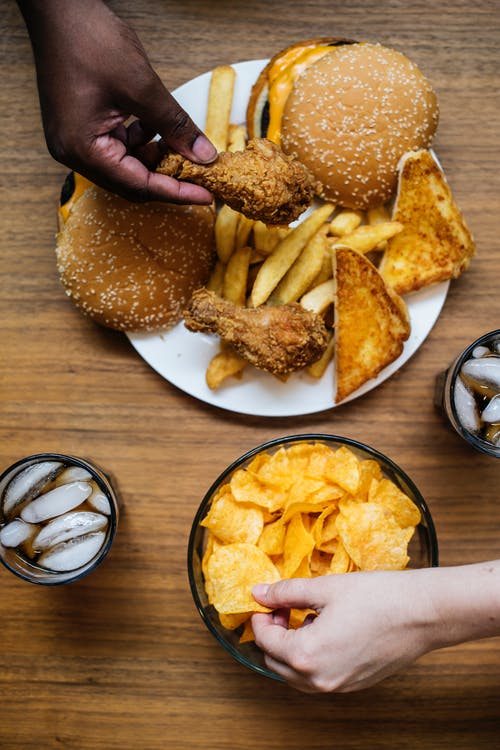Thank goodness we live in New Zealand! It’s not just our beautiful natural resources and Kiwi-can-do’ness but the fact that here, like in Europe, certain food ingredients are banned. I know I’ve talked about artificial food ingredients before but after hearing the specifics of my 10 year old’s food label reading lesson at school, I felt this needed another discussion.
Specifically, this time I will look at an example of food industry deception. Yes it’s in another country but it plays to the mindset of food companies whom, as you can see in this example, have minimum standards of nutrition and maximum profit as their priority. This is especially important information considering only 10 companies own almost every large food and beverage brand in the world.
The example food is Kellogg’s Nutri-Grain cereal bars. Both the European and USA versions contain food colouring, but in Europe (and in NZ) the colouring is naturally derived from beetroot. However, in the USA the colour is artificial (Red No. 40), which is linked to some types of cancer, and also hyperactivity and allergy (1, 2).
Aside from these potential risks, these type of foods distract children away from nutritious foods and toward ‘food-like substances’ low in nutritional value. This is an obvious consequence when you consider that artificial colourings are designed to manipulate our perception of food with research showing that red colours give the impression of sweetness. As an interesting aside tests show that food colour influences our perception of flavour more than the actual flavour itself (3). When you consider the obesity epidemic the problem of steering children towards these low nutritional, high additive ‘foods’ becomes obvious.
So why the difference in ingredients? In Europe, food regulation bodies have mandated the use of warning labels if a product contains the artificial Red 40. These warning labels have to state that these dyes “may have an adverse effect on activity and attention in children.” This would very likely impact sales, as who wants to buy a product, that has been marketed as an ‘energy’ bar, with a health warning?
Interestingly in Europe manufacturers have to prove, beyond doubt, that an ingredient is safe for it to be approved. In the USA the reverse is true, in that researchers have to prove an ingredient is dangerous before it is banned. This bizarre status in the USA is because the regulatory body known as the Food and Drug Administration (FDA) has awarded the artificial Red 40 a GRAS (Generally Recognized As Safe) status.
However, the American Environmental Defence Fund and the Center for Food Safety has been challenging the GRAS rule in US courts, ‘seeking to have the regulatory process declared “unlawful”’. Currently the law allows food manufacturers to make their own safety decisions for GRAS ingredients without notifying the FDA (5).
In an example of the broken USA food regulatory system, the FDA’s response 20 years ago to The Center for Science in the Public Interest (CSPI, 6) petition to ban the ingredient potassium bromate due to cancer concerns, was that “it couldn’t examine the issue due to…limited availability of resources and other agency priorities”.
So why doesn’t Kellogg’s use the naturally derived beetroot food colouring in the USA? The answer probably is that Kellogg’s saves around one NZ cent on each bar using an artificial dye compared to a natural one.
Of course companies need to make profits but surely our health is more important and government regulations designed to protect us should force companies to make health a priority for all manufacturers?
Whilst as adults we have the ability to make an informed choice about what we put in our mouths, our children don’t. I realise most parents are well-meaning but with most current parents and grandparents not having received education on reading food labels a significant number are inadvertently exposing their children to dubious ingredients. For that reason we need to advocate for all children (whatever country) to be protected with clear food labelling. We also need to be vigilant to food company deception.
References
(1) https://link.springer.com/chapter/10.1007/978-3-030-17971-7_88
(2) http://eprints.whiterose.ac.uk/126336/\
(3) https://flavourjournal.biomedcentral.com/articles/10.1186/s13411-015-0031-3
(4) https://www.jstor.org/stable/40470017?seq=1#page_scan_tab_contents
(5) https://www.ncbi.nlm.nih.gov/pmc/articles/PMC5737876/
(6) https://cspinet.org/

